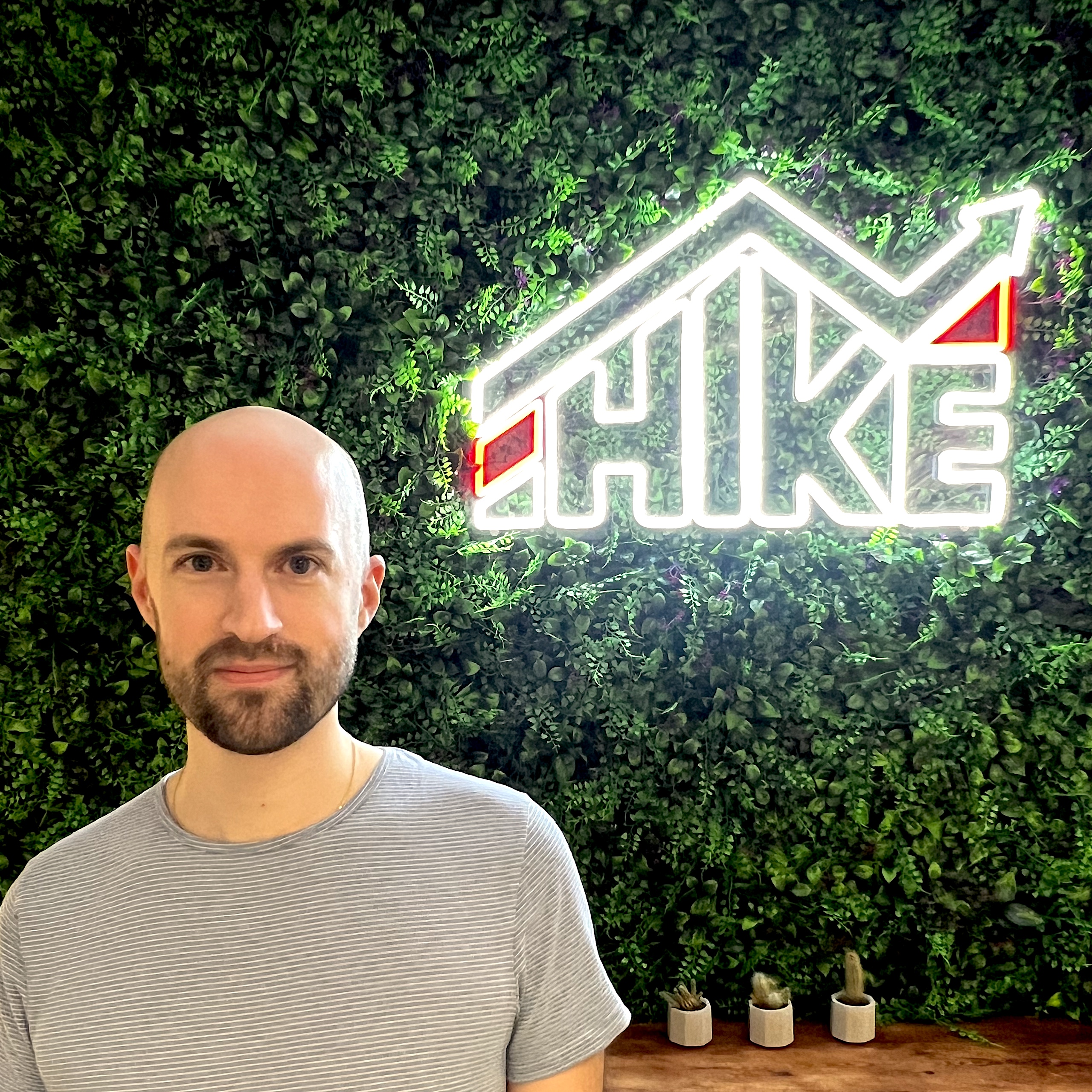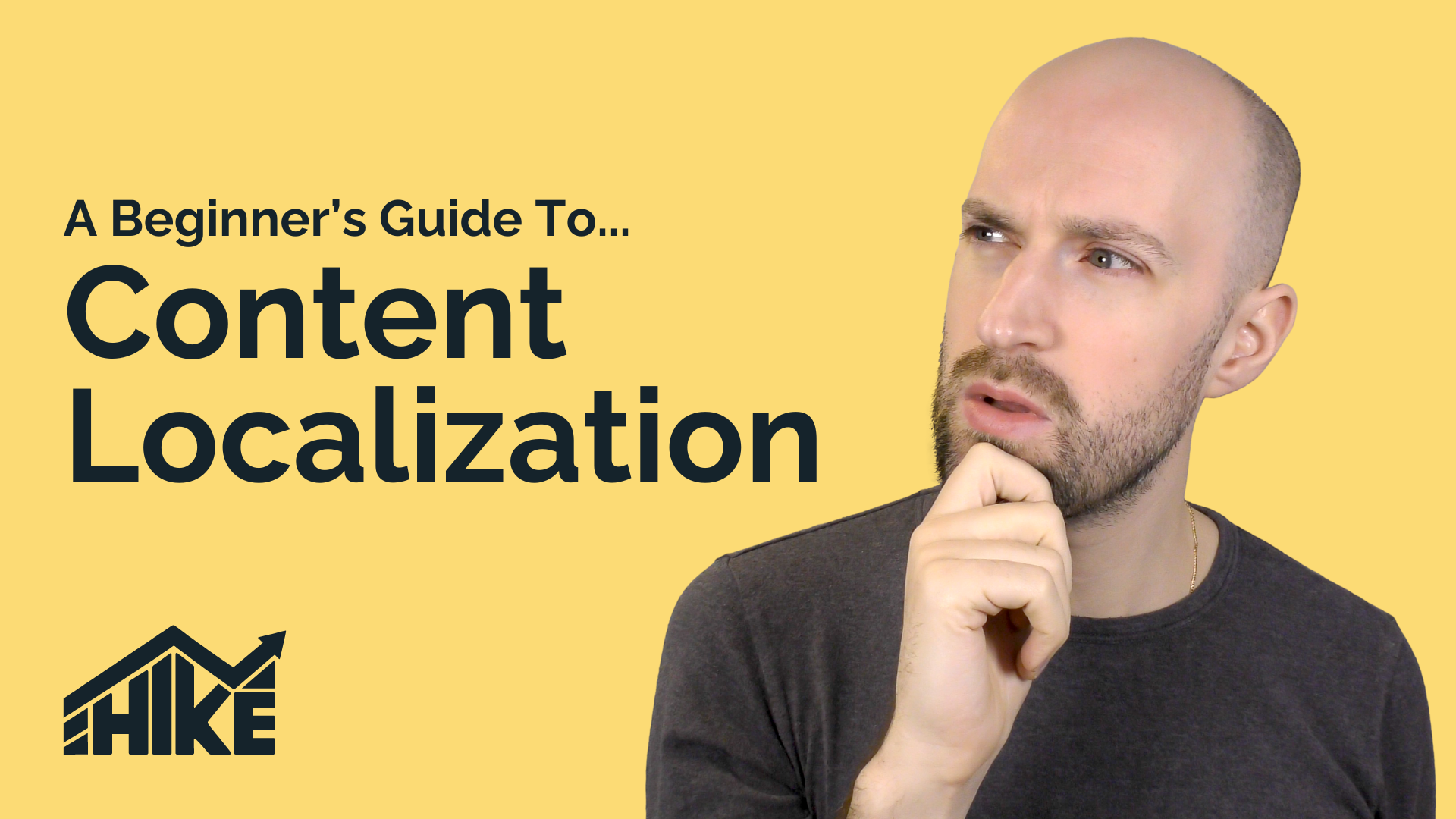In this video, we’ll discuss the importance of site speed and how to enhance your page loading speed for better SEO performance. You can watch the video or read the text summary below:
What is Site Speed?
Site Speed refers to how quickly users can view and interact with your website. It includes several key aspects:
- Page Load Time: The time it takes for a webpage to fully load in a browser. If this takes too long, users may leave your site, leading to higher bounce rates.
- Time to First Byte (TTFB): The duration between a user’s request to the server and the first byte of data received. This is crucial because it affects how quickly the first visible element of a page loads.
- Interactivity: The time it takes for a page to become fully interactive and responsive to user input. Even if some elements have loaded, delays in interactivity can frustrate users.
Why is Site Speed Important for SEO?
Improving site speed is essential for several reasons:
- Enhanced User Experience: Users expect quick access to information, and a slow site can lead to abandonment. Even a one-second delay in page load time can result in a 7% reduction in conversions.
- Higher Search Engine Rankings: Faster websites tend to rank higher on search engine results pages (SERPs). Google has stated that site speed is a ranking factor for both desktop and mobile searches.
- Increased Crawl Rate: A faster website allows search engine bots to crawl more pages in a given time frame, improving your site’s indexing, especially for larger websites with thousands of pages.
Understanding Core Web Vitals
Core Web Vitals are a set of metrics that Google considers crucial for a website’s user experience. They include:
- Largest Contentful Paint (LCP): Measures the loading performance of a page. It marks the point at which the main content has likely loaded, ideally within 2.5 seconds or less.
- First Input Delay (FID): Measures interactivity. It quantifies the time from when a user first interacts with a page to when the browser responds, with an optimal value of less than 100 milliseconds.
- Cumulative Layout Shift (CLS): Measures visual stability. It calculates the sum total of all unexpected layout shifts during the lifespan of a page, aiming for a score of less than 0.1. This ensures that elements on the page do not shift unexpectedly as it loads.
Practical Steps to Improve Site Speed
- Optimize Images: Use image compression tools like TinyPNG or JPEG Optimizer to reduce file sizes without losing quality. Consider using next-gen formats like WebP for smaller file sizes with high quality.
- Minimize HTTP Requests: Each element on your website (images, scripts, stylesheets) requires a separate HTTP request. Minimize these by combining multiple CSS files into one, or using CSS sprites to combine images into a single file.
- Enable Browser Caching: Browser caching stores parts of your website locally in the user’s browser, reducing the need to load everything from the server on subsequent visits. You can configure caching through your server or a CMS plugin.
- Use Asynchronous Loading for CSS and JavaScript: Typically, files load synchronously, one after the other. Asynchronous loading allows files to load simultaneously, speeding up the page load time.
- Defer Non-Essential Scripts: Delay loading heavy scripts (like tracking codes) until after the main content has loaded, allowing users to interact with your content sooner.
- Optimize Server Response Time: Use tools like Google PageSpeed Insights to identify server issues. Consider upgrading your hosting plan, using a faster DNS provider, or employing a Content Delivery Network (CDN) to improve performance.
- Implement Lazy Loading: Lazy loading delays the loading of images and other elements until they are needed (e.g., as the user scrolls down the page). This improves initial load time and saves bandwidth, especially on mobile devices.
Tools and Techniques for Site Speed Optimization
- Google PageSpeed Insights: A free tool that provides detailed insights and suggestions for improving your site’s speed. It scores your site on a scale of 0 to 100 and gives specific recommendations for both mobile and desktop versions.
- GTmetrix: A comprehensive web tool that analyzes your site’s performance and provides actionable recommendations. It includes detailed metrics like LCP, TTFB, and CLS from Core Web Vitals.
- Pingdom: Tracks your website’s uptime and speed, providing detailed reports on performance metrics and optimization suggestions.
Conclusion
Thanks for watching this video on improving site speed. If you have any questions, please comment below. Also, check out Hike SEO—an all-in-one SEO platform designed for beginners, small businesses, and agencies. It features smart AI tools to help you quickly implement SEO changes, saving you time and money. With its new on-site optimizer, making SEO changes directly on your site has never been easier. Click the link below to learn more, and we’ll see you in the next video. Take care!



